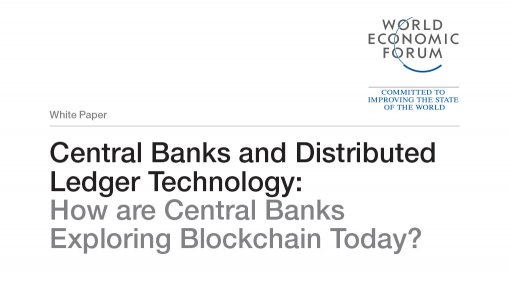
According to a January 2019 report by the Bank for International Settlements (BIS) in Basel, Switzerland, at least 40 central banks around the world are currently, or soon will be, researching and experimenting with central bank digital currency (CBDC).
CBDC, a commonly proposed application of blockchain and distributed ledger technology (DLT), has attracted much interest within the central banking community for its potential to address long-standing challenges such as financial inclusion, payments efficiency, and payment system operational and cyber resilience. Including but not limited to CBDC, central banks are researching and experimenting with at least 10 specific use cases for blockchain and DLT, exploring where they can potentially unlock new possibilities and improve inefficient processes.
While central banks across continents are conducting several research projects and pilots with blockchain technology, the degree of depth, progress and interest across efforts varies greatly. In rare cases, such as with the Bank of France, the central bank has already fully deployed blockchain technology.
Central bank activities with blockchain and DLT are not always well known or communicated. As a result, there is much speculation and misunderstanding about objectives and the state of research.
The purpose of this paper is to introduce and highlight the key issues and areas of research, experimentation and implementation for central banks with respect to DLT. Importantly, DLT is an active area of research and exploration, and many central banks have not yet reached definitive conclusions regarding the opportunities it provides when considering risks.
How are central banks researching blockchain technology today and why?
Report by the World Economic Forum